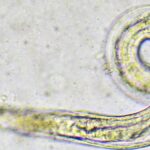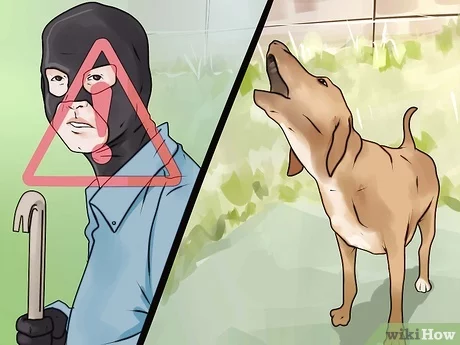How To Draw A Dog Nose
Drawing a dog nose can be a challenging task for many artists, but with the right techniques and tips, you can create a realistic and detailed depiction of this important feature. In this article, we’ll explore various methods for drawing dog noses, including different shapes, sizes, and textures.
Shape and Size
One of the most important aspects of drawing any animal nose is getting the shape and size just right. A dog’s nose comes in many different shapes and sizes depending on the breed, so it’s essential to do your research before starting your drawing.
Some common dog nose shapes include:
– Button Nose: This type of nose is small and round, often seen on breeds like Pugs and Bulldogs.
– Pointed Nose: Breeds like Greyhounds and Whippets have long, pointed noses that are perfect for sniffing out prey.
– Flat Nose: Breeds like Boxers and Shih Tzus have flat noses that sit close to their face.
Once you’ve determined the shape of your dog’s nose, it’s time to decide on its size. A larger nose will typically have more detail than a smaller one, so keep this in mind when choosing your proportions.
Texture
Another crucial aspect of drawing a dog nose is capturing its unique texture. Dog noses are covered in thousands of tiny bumps called papillae, which help them detect scents. To create a realistic texture in your drawing, pay close attention to these details.
Start by sketching out the basic shape of the nose using light lines. Then, begin adding in the details such as the nostrils and papillae. Use short, quick strokes to create a sense of depth and texture.
Color
When it comes to coloring your dog’s nose, there are many options depending on the breed you’re drawing. Some dogs have black noses while others have pink or brown ones. Take some time to research the specific breed you’re drawing to ensure you get the color just right.
When coloring your dog’s nose, start with a base layer of the lightest shade. Then, gradually build up the color using darker shades to create depth and shadow.
Tips and Tricks
Here are some additional tips and tricks for drawing a realistic dog nose:
– Use reference photos: It’s always helpful to have a reference photo to work from when drawing any animal feature. This will give you a better idea of the shape, size, and texture you’re trying to capture.
– Practice shading: Shading is an essential part of creating depth and texture in your drawings. Experiment with different shading techniques such as cross-hatching or stippling to find what works best for you.
– Don’t forget the wrinkles: Many dog breeds have wrinkles around their nose, which can add character and detail to your drawing.
– Have fun!: Drawing should be a fun and enjoyable experience, so don’t be afraid to experiment with different techniques and styles.
Conclusion
Drawing a dog nose may seem like a daunting task at first, but with practice and patience, anyone can master this important feature. Remember to pay attention to shape, texture, and color while also incorporating your own unique style and personality into your artwork. Happy drawing!



